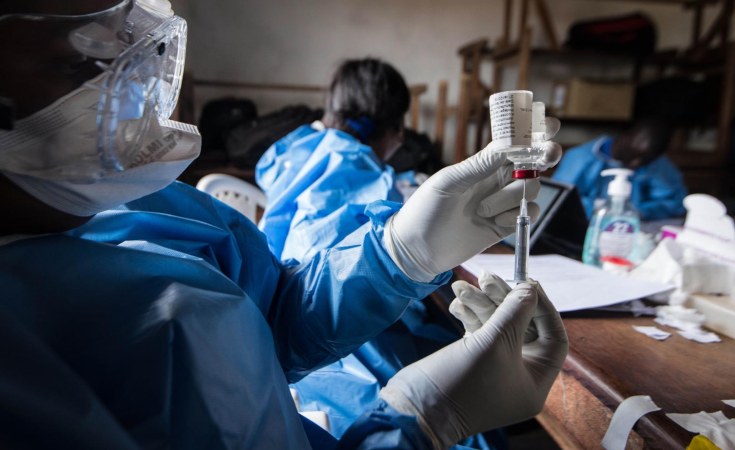Tanzania has today confirmed an outbreak of Marburg virus disease.
Preliminary tests carried out following the deaths of at least five people in Kagera and Bukoba turned out positive on some of the samples for the viral hemorrhagic fever.
Tanzanian health authorities sent samples to the reference laboratory to determine the cause of the disease after an alert by district health officials.
So far five deaths and and 7 suspected cases with symptoms including fever, fatigue and blood-stained vomit and diarrhoea have been reported.
Further investigations are ongoing.
Advance teams have been deployed in the affected districts to trace contacts, isolate and provide medical care to people showing symptoms of the disease.
Efforts are also underway to rapidly mount emergency response, with WHO deploying health emergency experts in epidemiology, case management, infection prevention, laboratory and risk communication to support the national response efforts and secure community collaboration in the outbreak control.
Marburg virus disease is a highly virulent disease that causes hemorrhagic fever, with a fatality ratio of up to 88%. It is in the same family as the virus that causes Ebola virus disease.
Illness caused by Marburg virus begins abruptly, with high fever, severe headache and severe malaise. Many patients develop severe haemorrhagic symptoms within seven days.
The virus is transmitted to people from fruit bats and spreads among humans through direct contact with the bodily fluids of infected people, surfaces and materials.
There are no vaccines or antiviral treatments approved to treat the virus.
However, supportive care - rehydration with oral or intravenous fluids - and treatment of specific symptoms, improves survival.
A range of potential treatments, including blood products, immune therapies and drug therapies, as well as candidate vaccines with phase 1 data are being evaluated.


